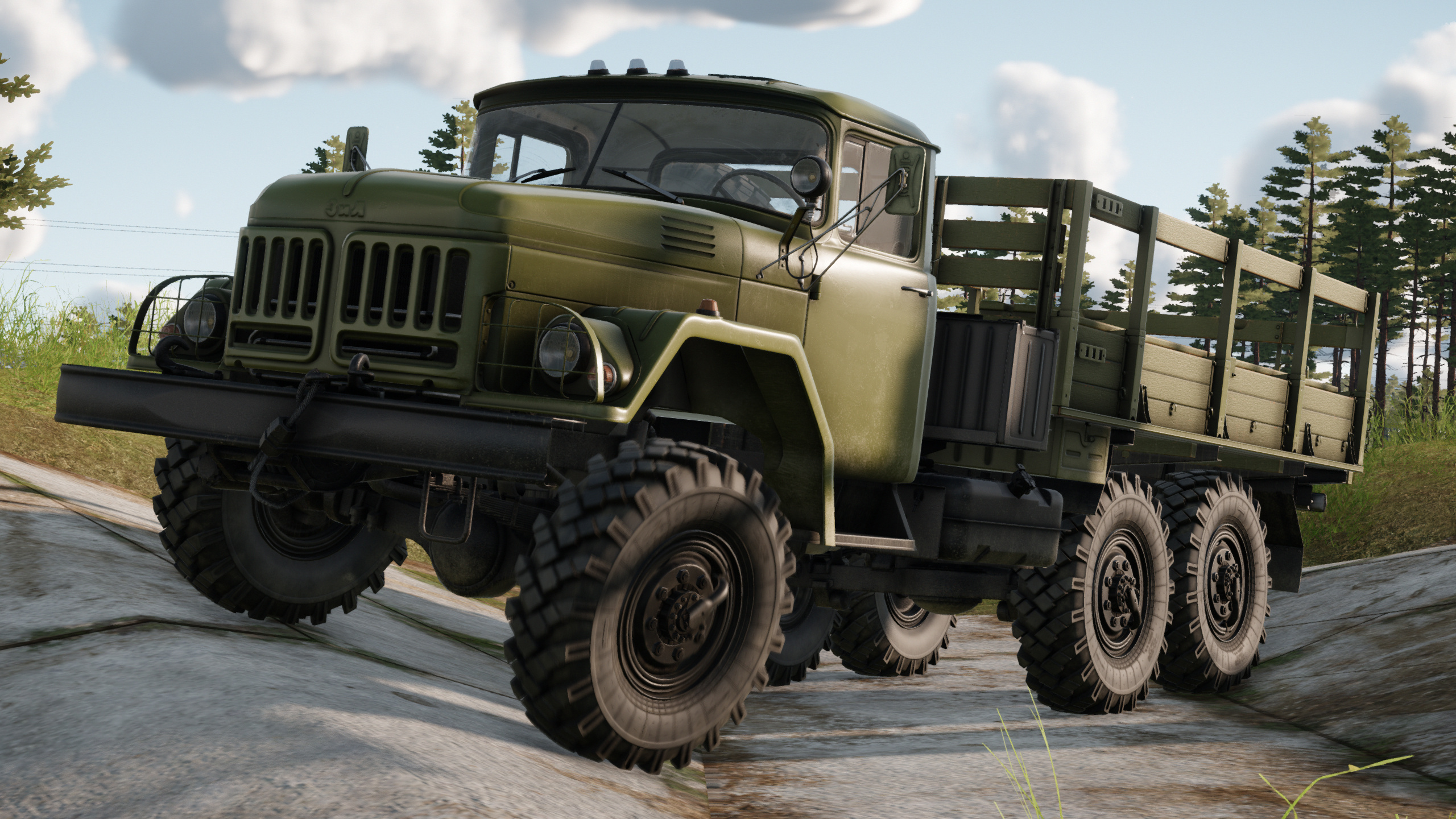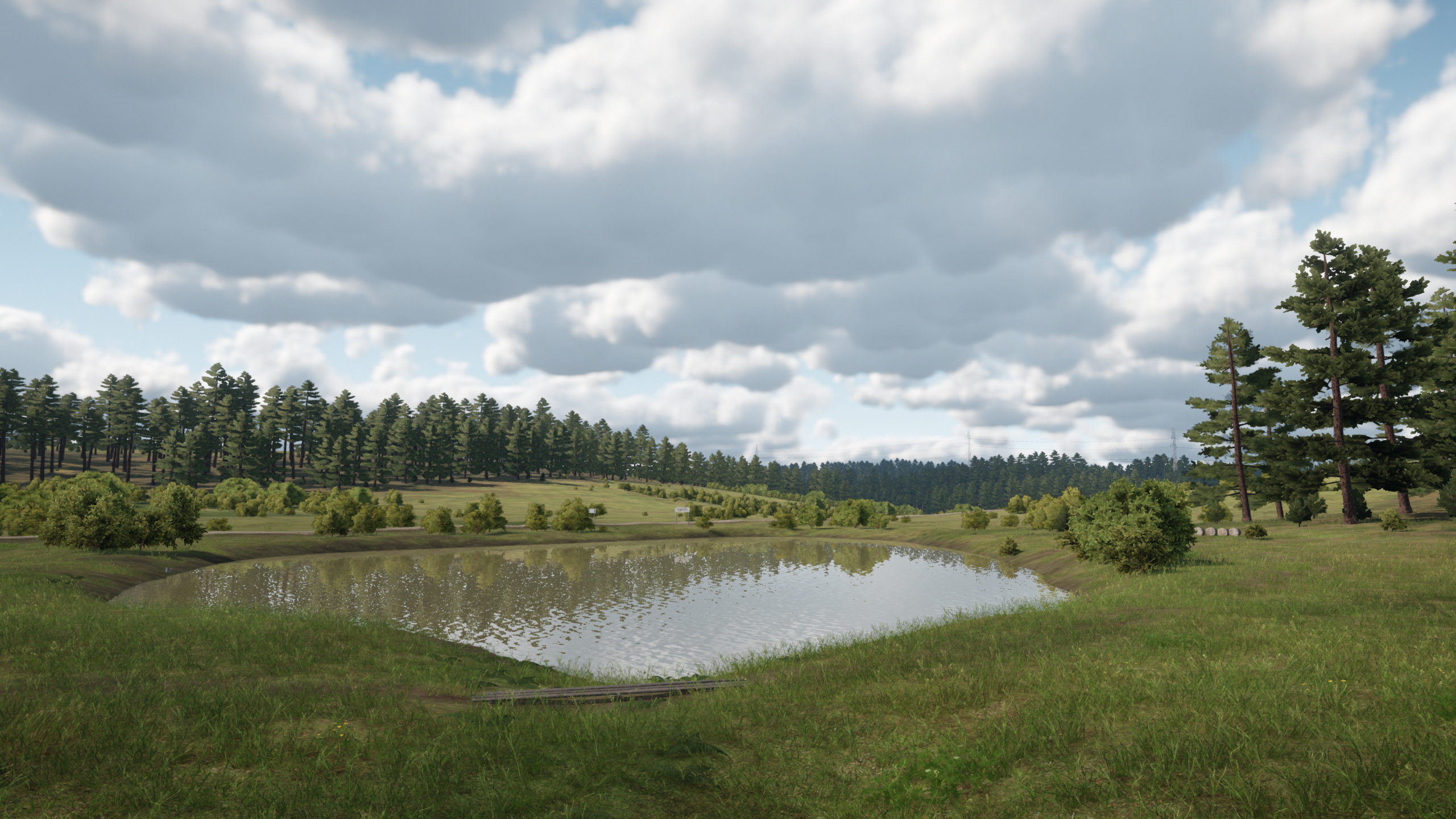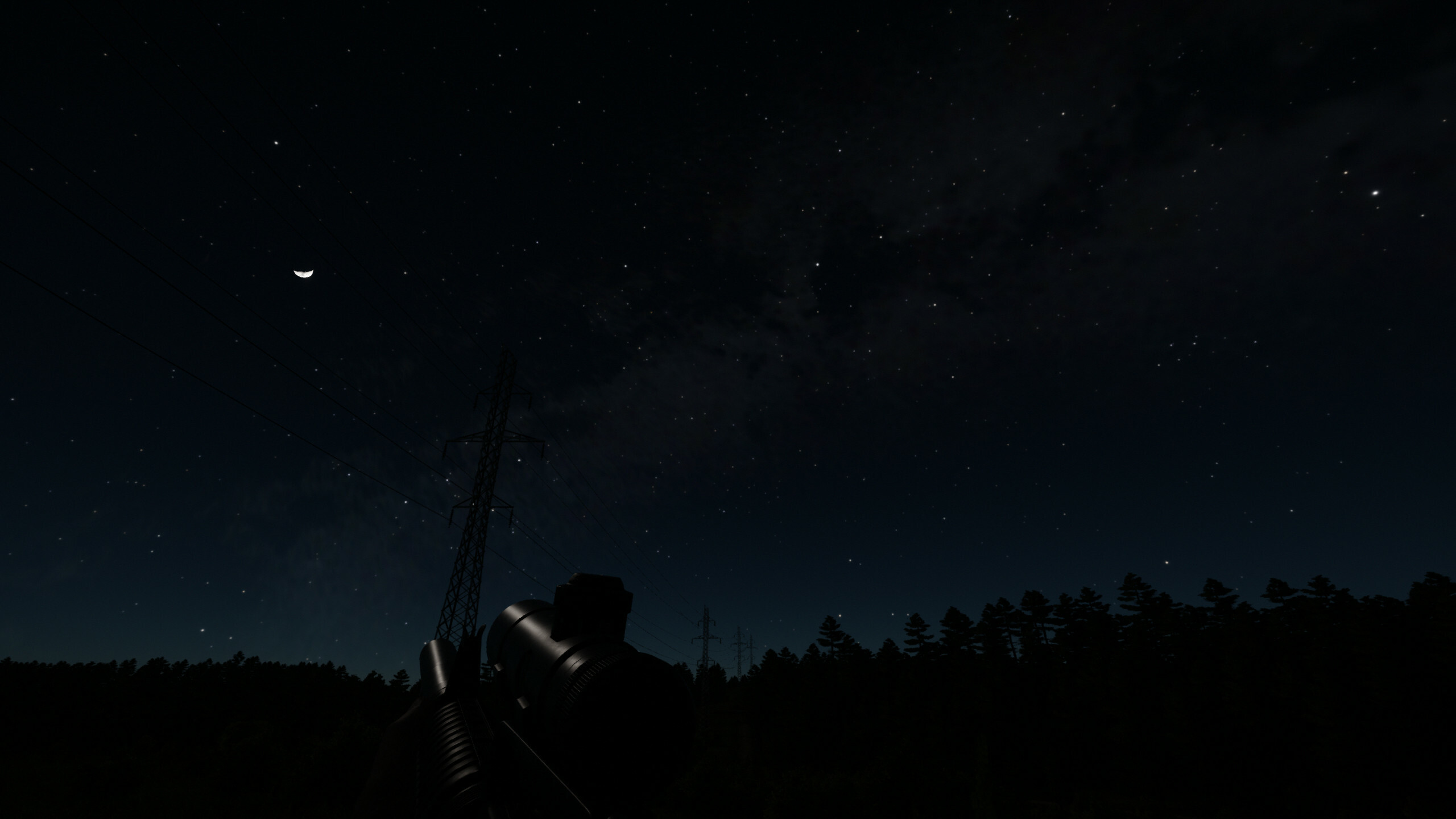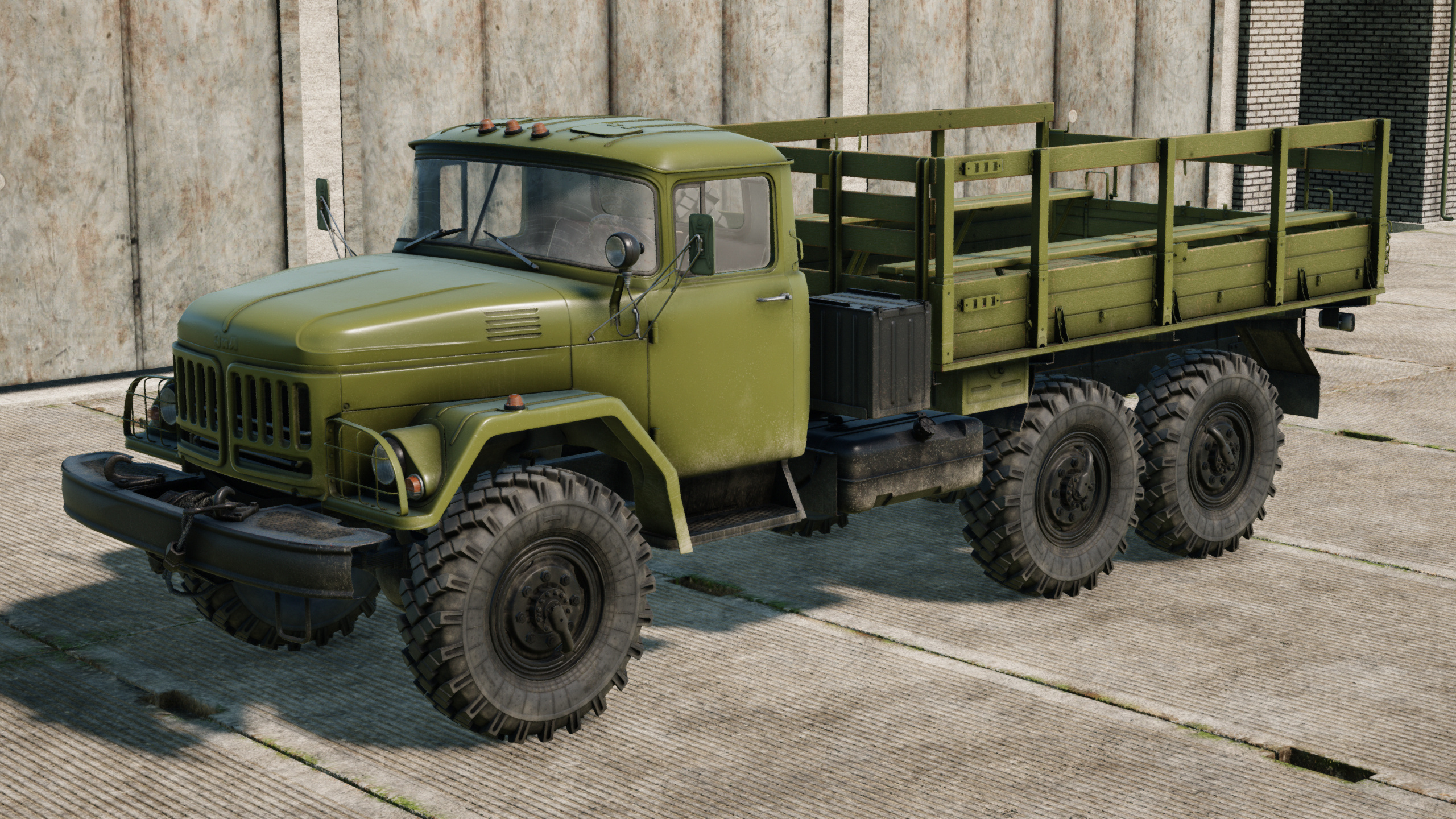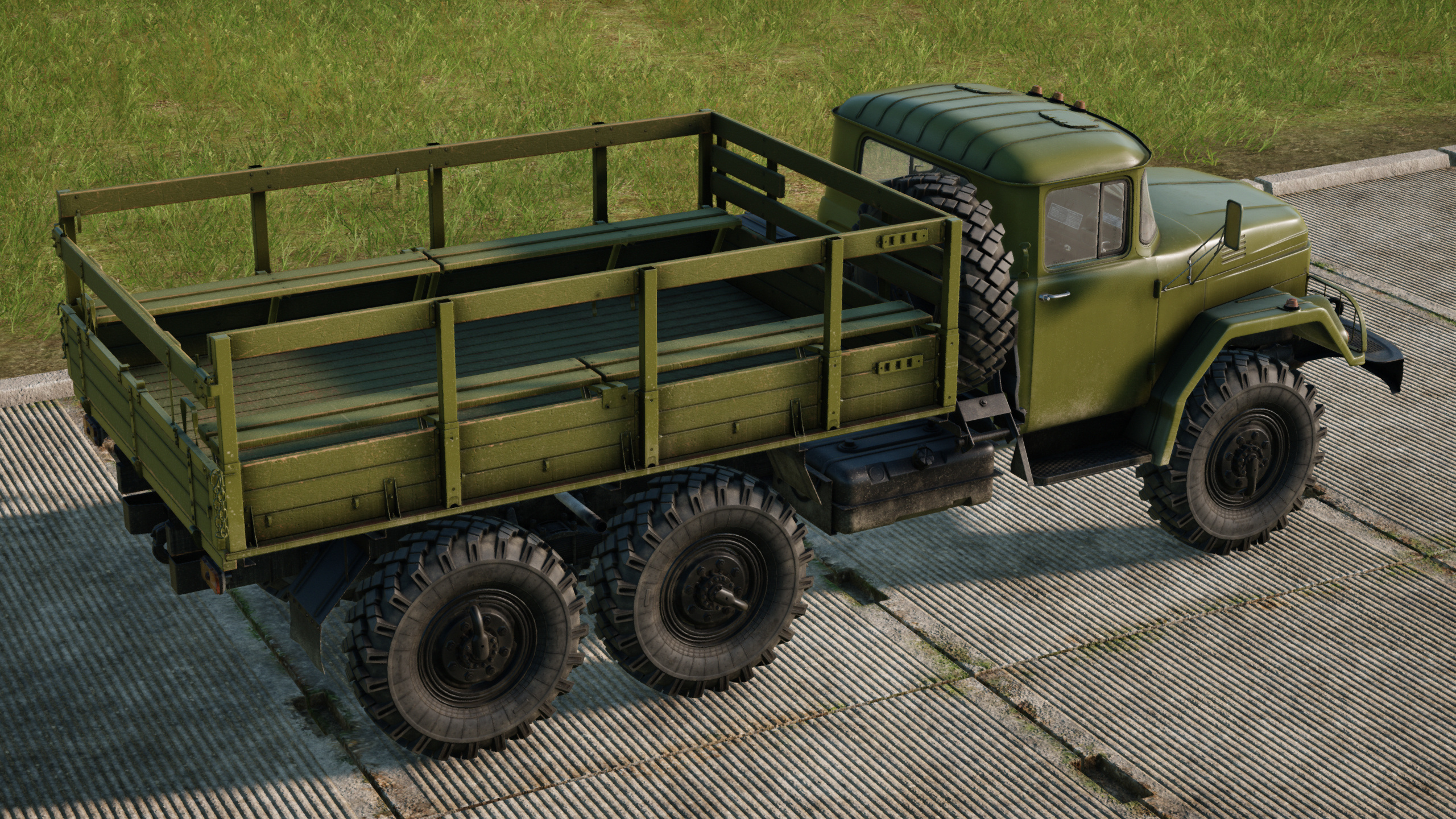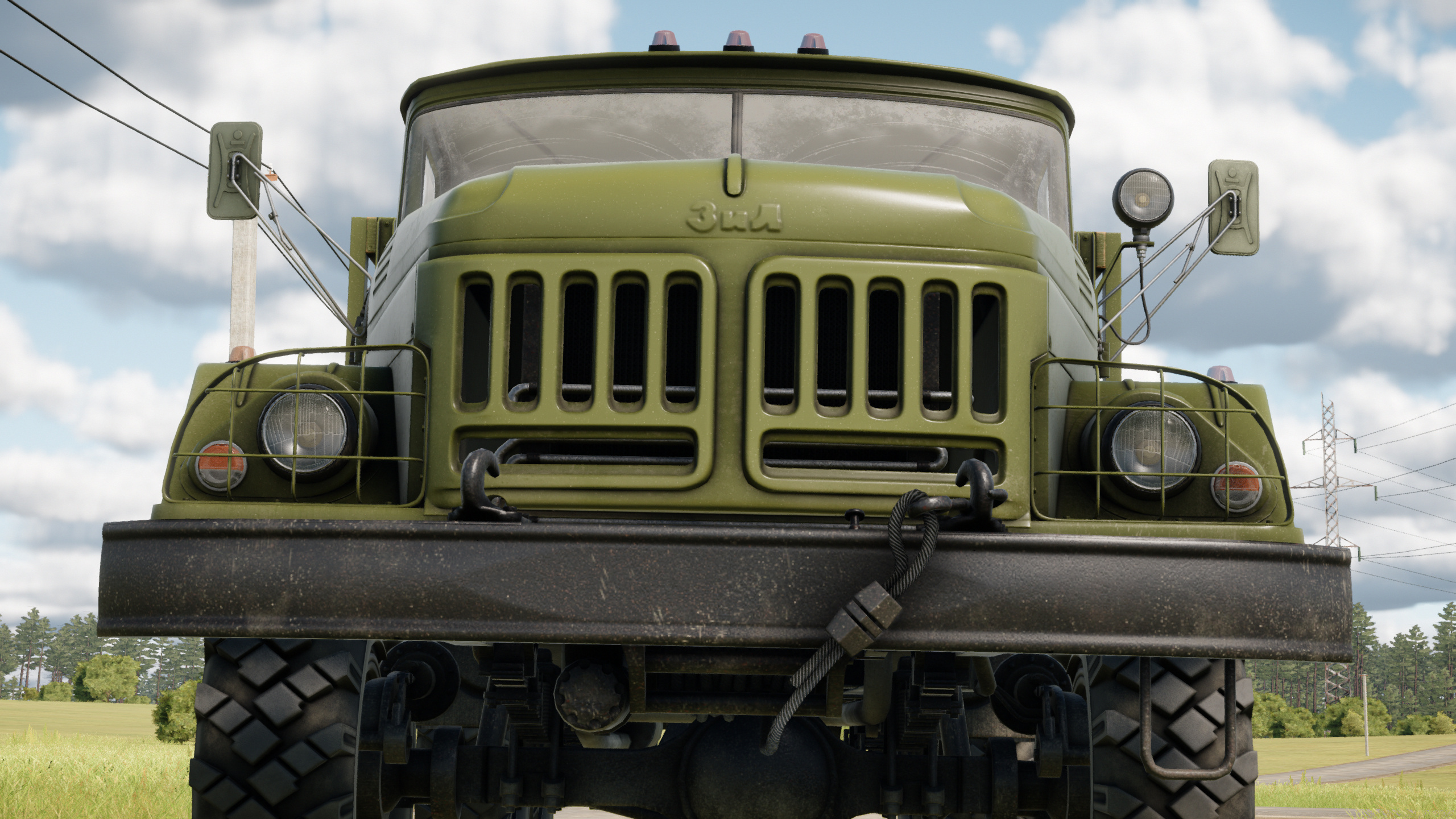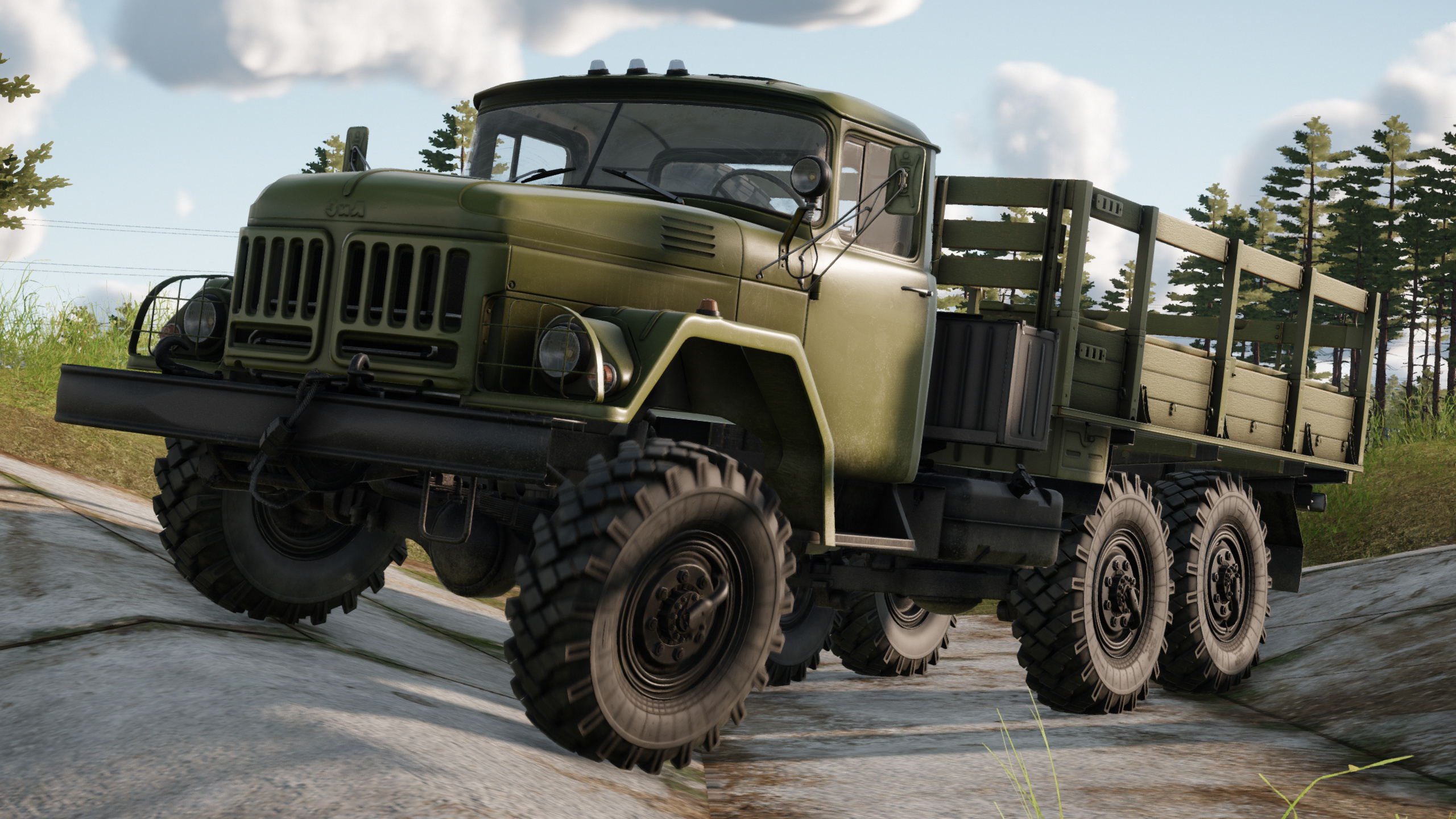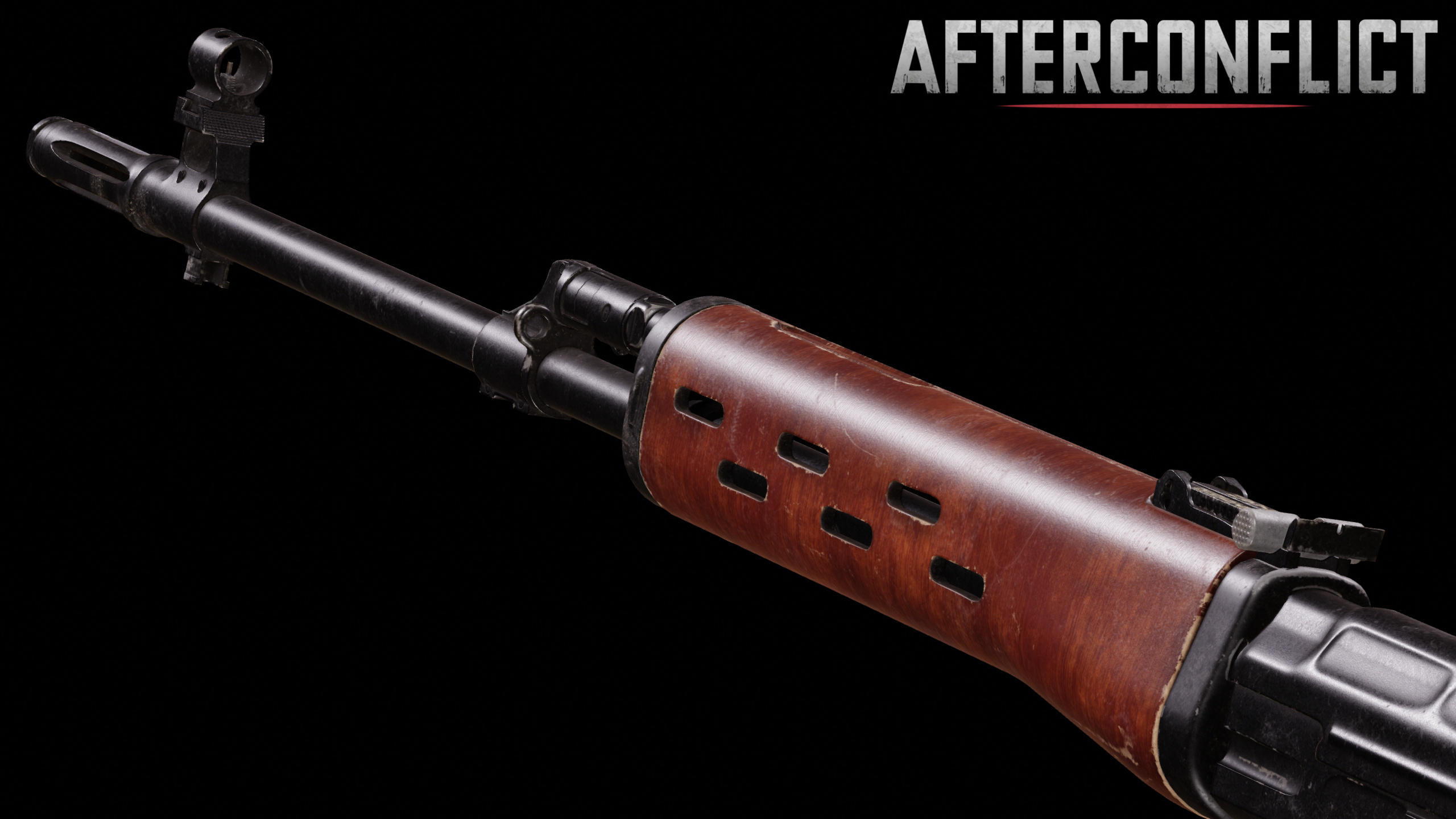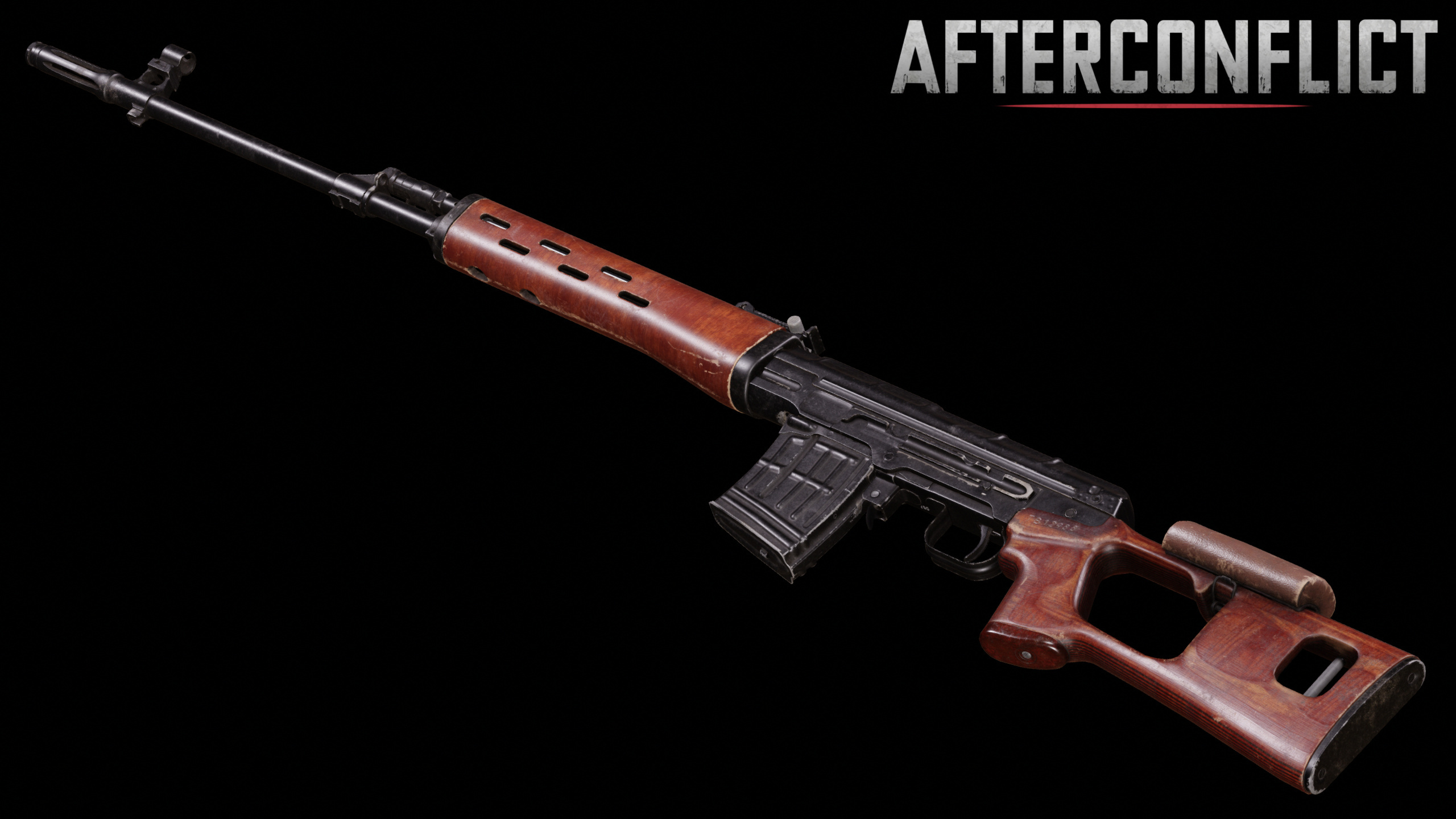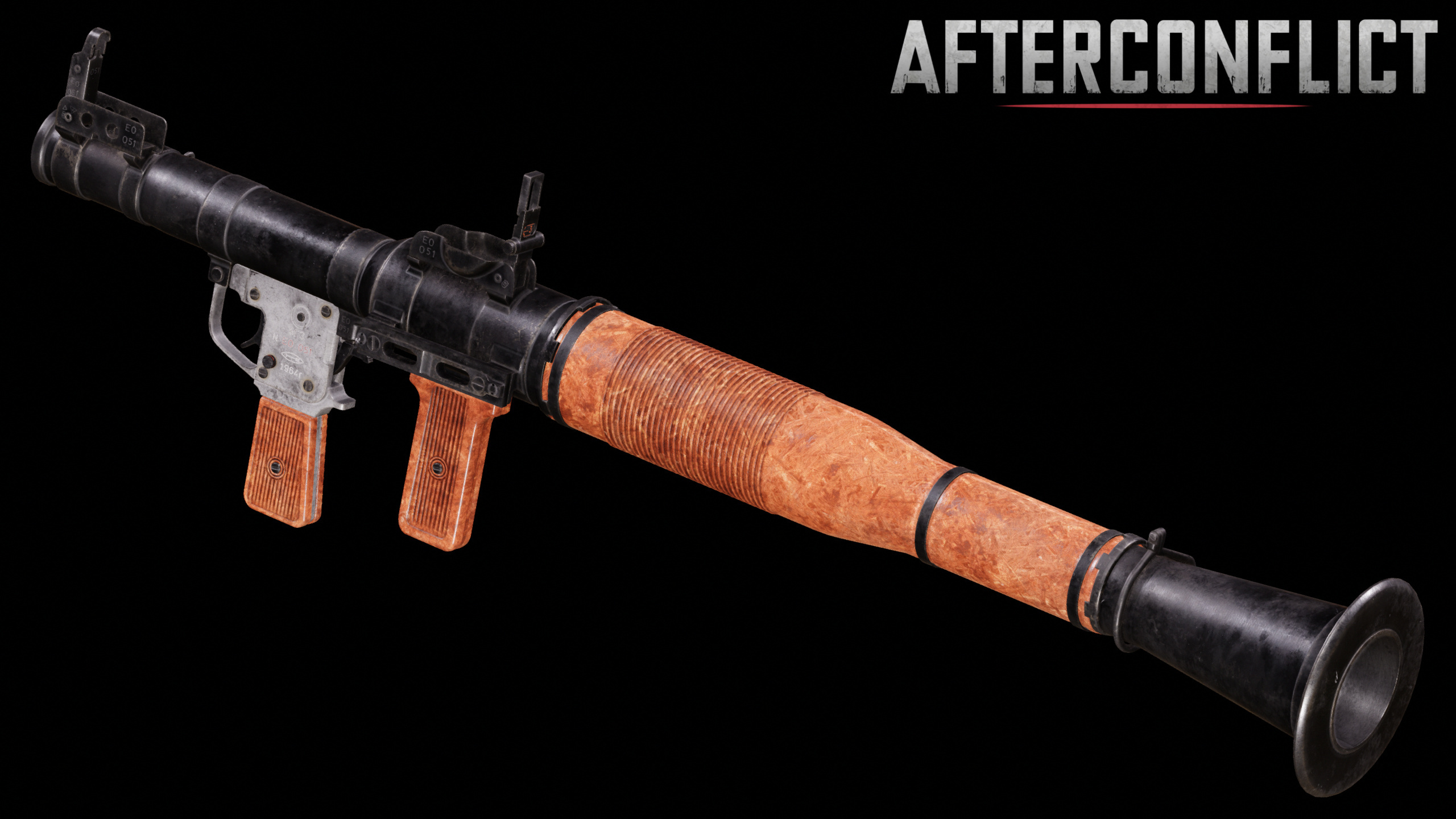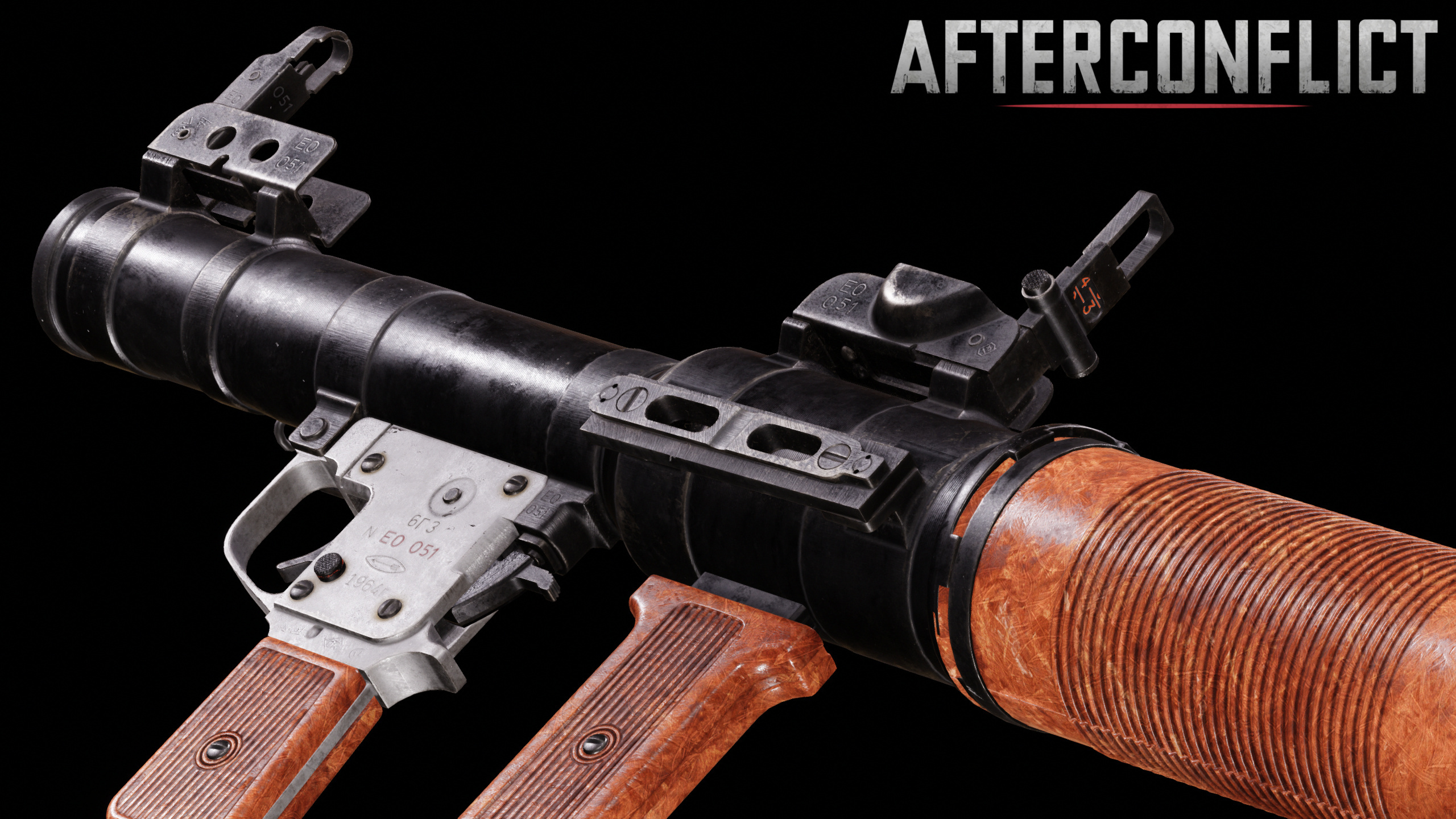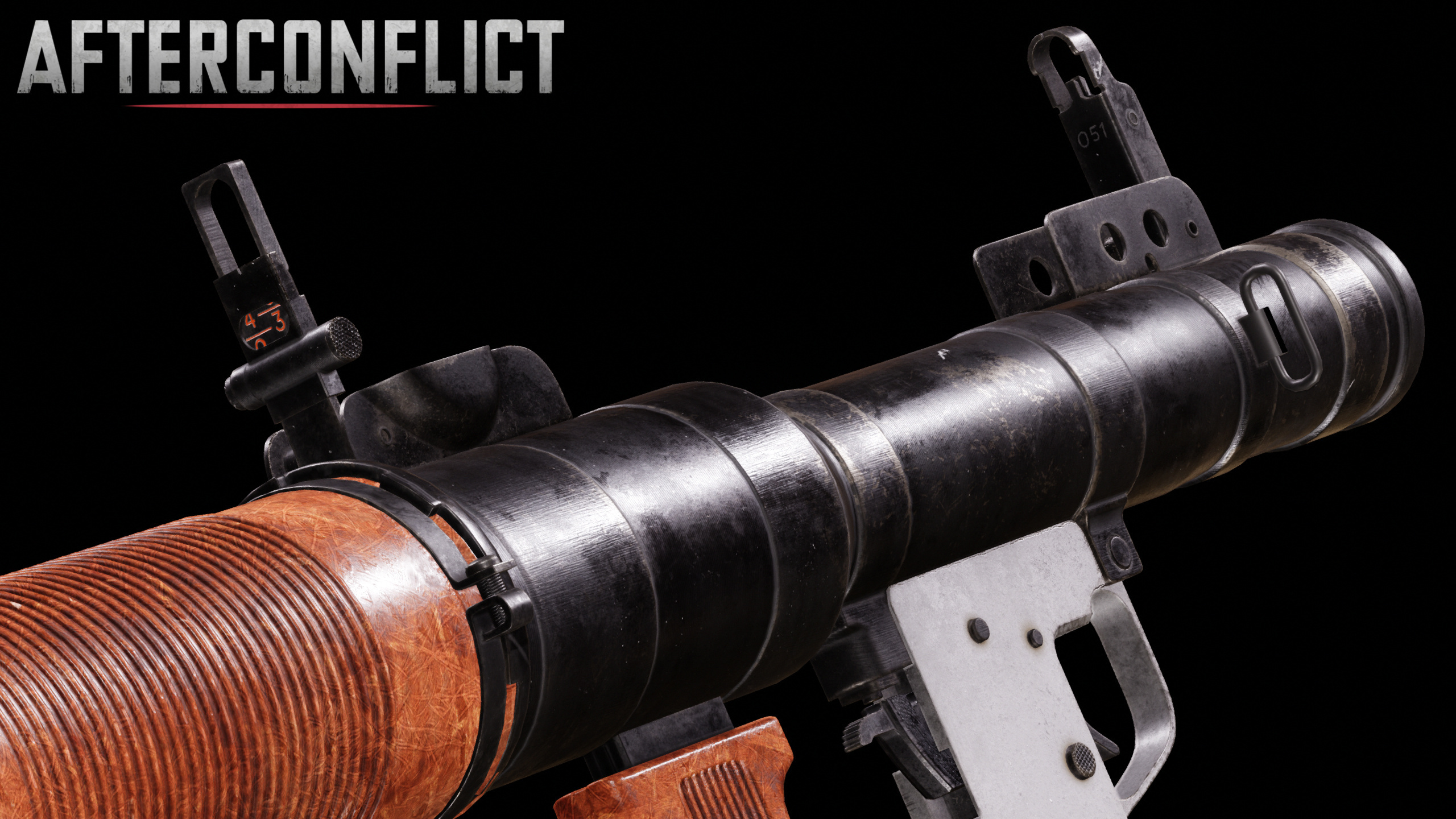Jan 20, 2025
Development Update 20
With 2025 now being fully underway: As we haven't done one in a while, we figured we'd give you a summary of all of the stuff we were up to in 2024, from general engine improvements to a variety of different things that go boom.
So, let us not dilly-dally and instead get straight into it!
Starting out we have some of our more serene additions, namely in improved reflections (as seen below) and a fully-featured night sky!
Now featuring over 5000 different individual stars, the Moon's phases, and the faint Milky Way, Afterconflict's night sky now looks a lot more beautiful, especially to the keen astronomers among you all!
But similarly in the day, we also have our first iteration of rain to Afterconflict; while perhaps duller than a clear, vibrant night's sky, a simple rainy day can be beautiful in its own right.
To complement all of the above, we've introduced functionality into our editor to allow you to edit the weather parameters on your map, including the clouds, the wind, fog, and even the location of your map to have the position of the Moon and its phases properly reflected!
To cover off our recent editor improvements, we've also been working on the ability to edit VFX in-game, which has has generally helped to sped up development of said visual effects!
We know that our vehicle previews have been particularly popular when we release them; so, in the words of a legendary waterproof adhesive salesman: "How 'bout a little more?"
We previously showed off a high-poly preview of the ZIL-131 in a prior development update, but now here's some proper screenshots of it in-game!
One inclusion we've been frequently asked about is one of the most common fixtures of any abandoned Soviet facility: individual first aid kits.
But fret not, Afterconflict will indeed include the accursed "cheese" kits (probably nicknamed that due to their resemblance to either an American Single or Сырок Дружба, depending on one's origins).
The AI-1 and AI-2 kits were produced en-masse in the USSR for wartime scenarios, filled with both fairly benign and worryingly potent "treatments" designed to (theoretically) allow the Soviet population to survive if NBC warfare came into play.
Most infamous is the civilian AI-2 kit's inclusion of "Taren", which ended up causing more issues than would probably have been fixed in an actual war.
Fortunately, the military AI-1 kit swapped out the AI-2's notorious Taren for 2 syrettes of Afin, an organophosphate poisoning remedy which was intended to keep soldiers in the fight during chemical warfare long enough to get proper medical attention (in theory anyway).
A later development on the AI-1 resulted in the AI-1M kit, which made minor improvements such as replacing the 2 bottles of 5 antibacterial Tetracycline tablets with 2 bottles containing a single Doxycycline capsule, and is what you see in the preview below.
In regards to other (far more vaguely) pill-shaped Soviet developments of the 1980s, we also have our new models of the RGO and RGN impact grenades; their infamousness comes from their fuse, the UDZ, which notoriously suffers from reliability issues, especially when compared to the relatively foolproof UZRGM.
But thus far this update's been pretty centric on Eastern equipment, so before we continue previewing different bits of weaponry, how about we look at some NATO firearm food, namely the 7.62 DM41 Weichkern (Ball) and orange-tracing DM21A1 Leuchtspur (Tracer) rounds typically fired out of West German G3 rifles?
Continuing on, we've got a good a good few new updated models to show off, so rather than dawdling, we'll just show them to you!
Namely:
The ever-functional Makarov Pistol (PM).

The compact AKS74.
The even-more-compact AKS74U.
And the evidently-not-compact-at-all (even without the PSO-1) Dragunov Sniper Rifle (SVD).
We also have something new; calling back to the intro, while the UDZ fuse makes the RGO and RGN's capacity to go boom a bit suspect, what our new RPG-7V fires DEFINITELY goes boom!
(...unless whatever's being hit happens to have both a load of wire fencing tied/taped/nailed/otherwise affixed to it and a reasonable amount of luck.)
While some of the more esoteric rounds such as the OG-7V weren't around at the time Afterconflict takes place, we will still have a variety of different rounds to be used, starting with the humble PG-7V as seen below.
But dumb-fire rockets can typically only get you so far, and when you're in need of a fast aircraft deleted out of the sky from several miles away, systems like the 9K31 (Strela-1) can do just that.
Just be sure the skies are fairly clear, otherwise the 9M31 missile might get other ideas and try to thoroughly and brutally dispatch an errant cloud instead of the enemy attack aircraft fully loaded with ordnance rapidly approaching your position.
As an intermediate option, there is the option of more modern SPAAG systems such as the Flugabwehrkanonenpanzer (or just FlakPz) Gepard, which has the capacity to accurately shred aircraft at an alarming rate.
And if all else fails, one can certainly try to offset a single dumb-fire rocket's lack of precision by simply flinging more of them at a target in a salvo, like this demonstration of S-5s being fired from an Mi-24P.
(Note: The usage of such a concept in a surface-to-air capacity was effectively last tried in earnest by the Germans in 1945 with the Fliegerfaust, results were sub-optimal to say the least.)
But worry not, the 7.62 round preview wasn't the only NATO content we have in this update, because here's a preview of one of NATO's most iconic weapons, a hydraulically driven, seven-barrel autocannon firing 30mm AP and HEI rounds at around 3900rpm, the GAU-8, exactly the sort of thing all of the above are designed to avoid ever having to feel the effects of.
But all this talk of what's going on the air reminds me that we've got plenty of ground ordnance to show off too!
First off, we have the 9K111 (Fagot) ATGM; called the "AT-4 Spigot" by NATO forces, the Fagot served well as the workhorse ATGM for a variety of Eastern Bloc forces during the Cold War.
Said ATGM was often also used on a variety of IFVs, such as the BMP-1P and BMP-2, the latter of which we also have a preview of, namely of firing its main 30mm 2A42 autocannon at night, both under passive and active night vision modes with the assistance of an infrared spotlight.
But leaving the big boys for last, we have the T-72B and our first previews of it firing!
Most obviously is the main gun, which with the T-72B's 1A40-1 Fire Control System allows it to accurately hit moving targets at ranges out to 4000m (5000m for HE ammo), so expect to see more of that sort of thing in future.
A more understated aspect of the T-72B and its 1A40-1 FCS however is its ability to fire Gun Launched ATGMs (GLATGMs), namely the 9K120 "Svir" missile system firing the 9M119 missile, using the 1K13-49 sight's daylight channel, which we've recreated below!
As ever with how things have been over the past few years, nothing has been especially easy, but still we persevere and hope to make Afterconflict the best game it can be!
If you have any particular ideas or suggestions regarding anything you've seen in this development update, do be sure to tell us your thoughts!
And last, but not least:
We Hope You Had a Very Merry Christmas, and We Wish You a Happy New Year!
On our Discord server we discuss everything from the game and Cold War history to posting photos of hedgehogs!
We hope you enjoyed reading this development update, if you wish to keep up to date with all Afterconflict updates, be sure to follow our X/Twitter feed too.
As Ever: Stay Tuned!

